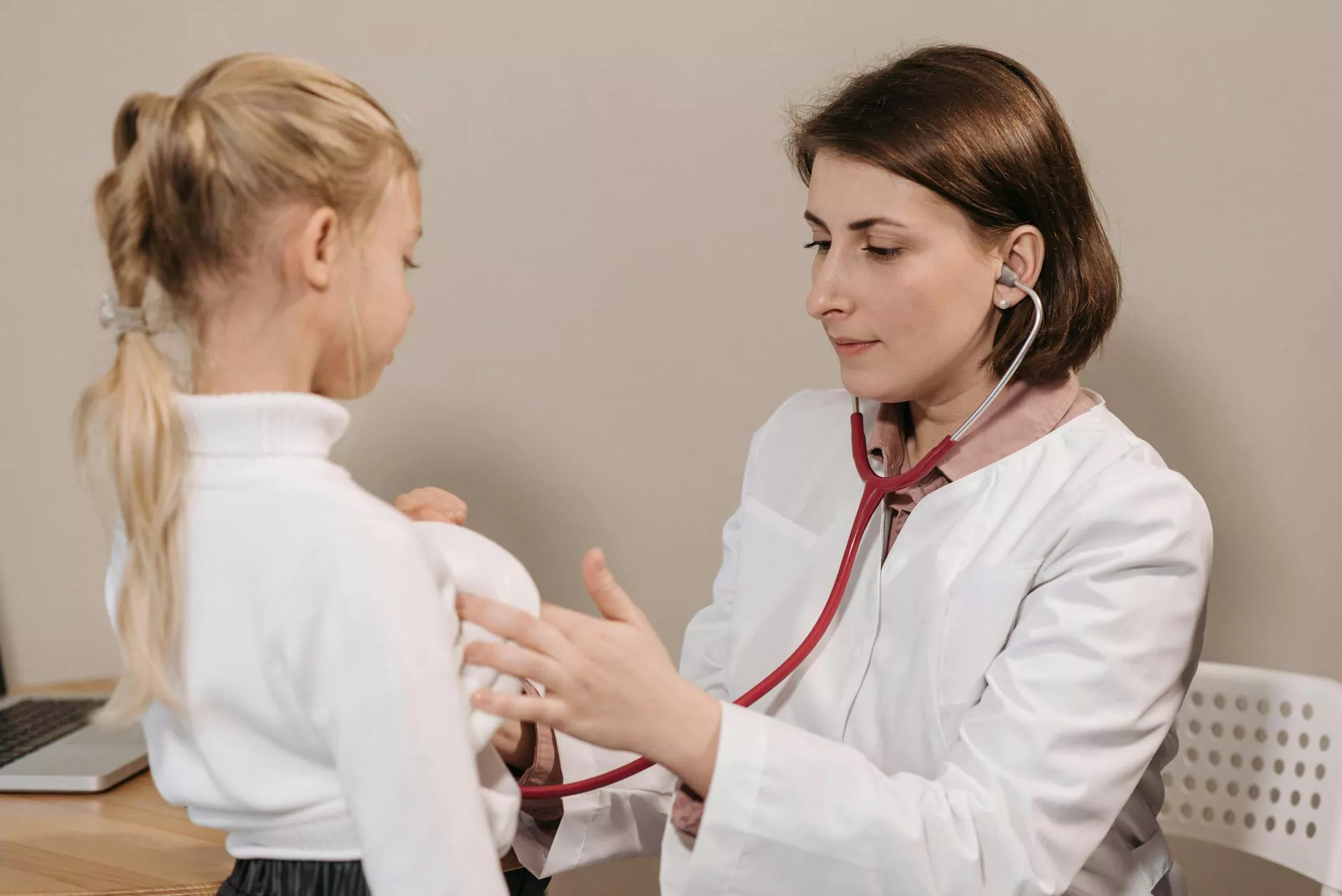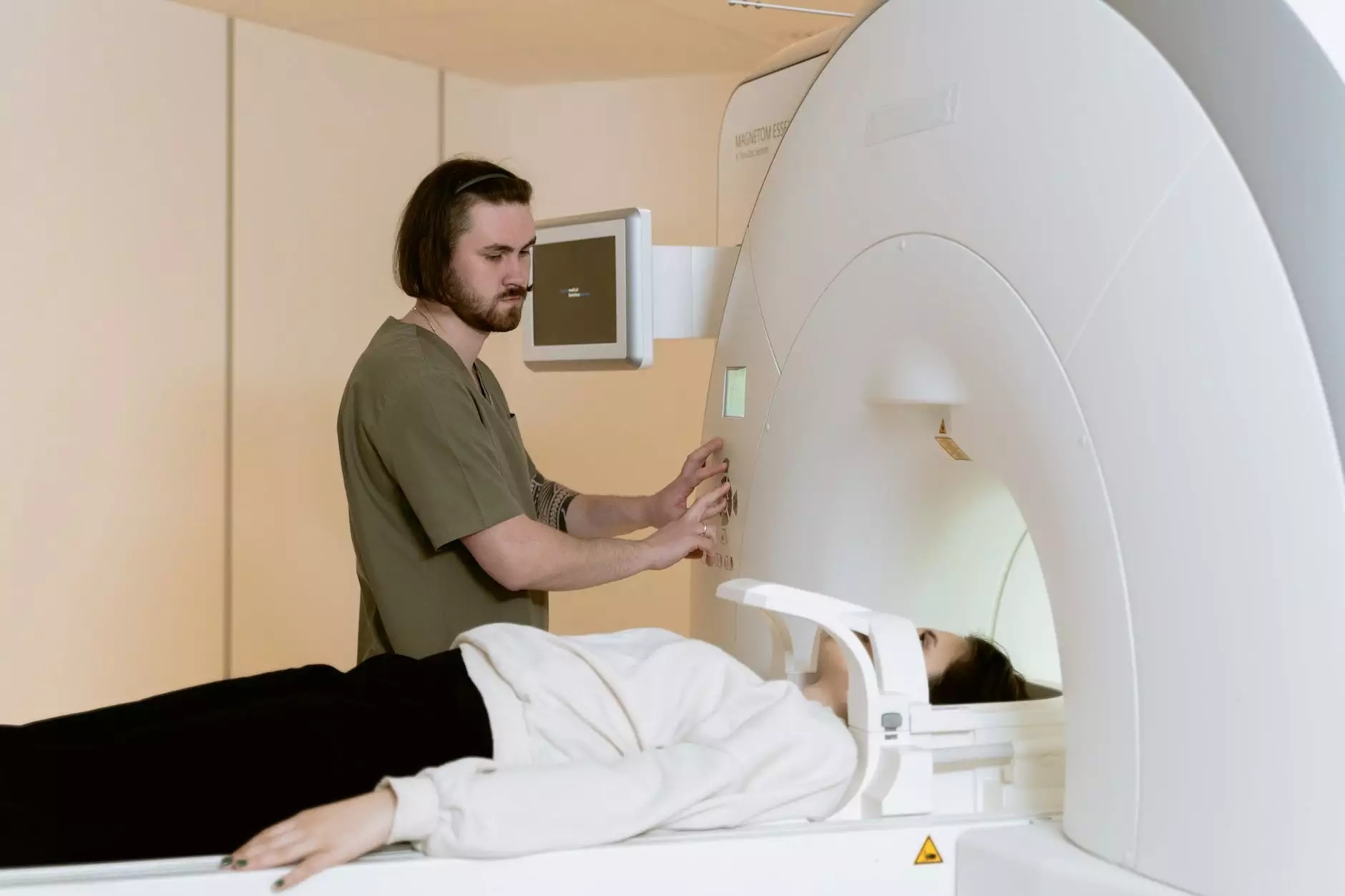Endometriosis: Beyond Menstrual Cramps
Health
Introduction
Welcome to the comprehensive guide to understanding endometriosis and its effects beyond menstrual cramps. At MUIR DIABLO OCCUPATIONAL MEDICINE, we strive to empower individuals with knowledge about their health, especially concerning conditions like endometriosis.
What is Endometriosis?
Endometriosis is a chronic medical condition that affects the female reproductive system. It occurs when the tissue lining the uterus, called the endometrium, grows outside of the uterus. This misplaced tissue can be found in various areas within the pelvic region, including the ovaries, fallopian tubes, and the lining of the pelvic cavity.
Symptoms and Signs
Endometriosis presents a range of symptoms, which can vary in severity among individuals. While commonly associated with menstrual cramps, this condition can also cause:
- Pelvic pain: Endometriosis often leads to chronic pelvic pain, which may worsen during menstruation or intercourse.
- Painful periods: Menstrual cramps may be intense and accompanied by heavy bleeding.
- Infertility: Some women with endometriosis may experience difficulties in conceiving.
- Painful intercourse: Sexual intercourse can be uncomfortable and painful for individuals with endometriosis.
- Heavy or irregular periods: Menstrual bleeding may become heavier or irregular.
Causes and Risk Factors
The exact cause of endometriosis remains unclear. However, there are several factors that can increase the risk of developing this condition, including:
- Family history: If a close female relative has endometriosis, the likelihood of developing it is higher.
- Menstrual history: Starting menstruation at an early age or having shorter menstrual cycles may increase the risk.
- Abnormalities in the reproductive system: Certain anatomical conditions, such as a retroverted uterus, may make it easier for endometrial tissue to travel and implant outside the uterus.
- Immune system disorders: Immune-related conditions may affect the body's ability to eliminate misplaced endometrial tissue.
- Hormonal factors: Estrogen, a hormone that plays a role in the menstrual cycle, can promote the growth of endometrial tissue.
Diagnosis and Treatment
Diagnosing endometriosis involves a comprehensive evaluation of symptoms, medical history, and physical examinations. Several diagnostic procedures may be used, including:
- MRI or ultrasound imaging
- Laparoscopy (minimally invasive surgical procedure)
- Biopsy
While there is currently no cure for endometriosis, various treatment options are available with the aim of managing symptoms and improving quality of life. These may include:
- Pain medications: Over-the-counter pain relievers or prescription medications can provide relief from pain.
- Hormone therapy: Certain hormonal treatments can regulate the menstrual cycle and reduce the growth of endometrial tissue.
- Surgery: In severe cases, surgical intervention may be necessary to remove or repair affected tissue.
- Fertility treatments: Fertility specialists can assist individuals with endometriosis who are struggling to conceive.
- Alternative approaches: Some individuals find relief through alternative therapies such as acupuncture, dietary changes, or stress management techniques.
Living with Endometriosis
Endometriosis can significantly impact an individual's quality of life. It is crucial to seek support and implement strategies to manage the physical and emotional challenges associated with this condition. Here are some tips for living with endometriosis:
- Work with your healthcare team: Establish a trusted relationship with your healthcare providers, including gynecologists, pain specialists, and mental health professionals.
- Educate yourself: Stay informed about the latest research, treatment options, and lifestyle modifications that may help alleviate symptoms.
- Practice self-care: Prioritize self-care activities such as exercise, relaxation techniques, and maintaining a balanced diet.
- Connect with others: Join support groups or online communities to connect with individuals who share similar experiences.
- Seek emotional support: Share your feelings and concerns with loved ones or consider speaking with a therapist to help navigate the emotional challenges that may arise.
Conclusion
Endometriosis extends beyond menstrual cramps and can significantly impact the lives of those affected. By understanding the symptoms, causes, and available treatment options, individuals can take control of their health and seek appropriate support. At MUIR DIABLO OCCUPATIONAL MEDICINE, we are committed to providing comprehensive information about endometriosis to empower individuals to make informed decisions about their well-being.










